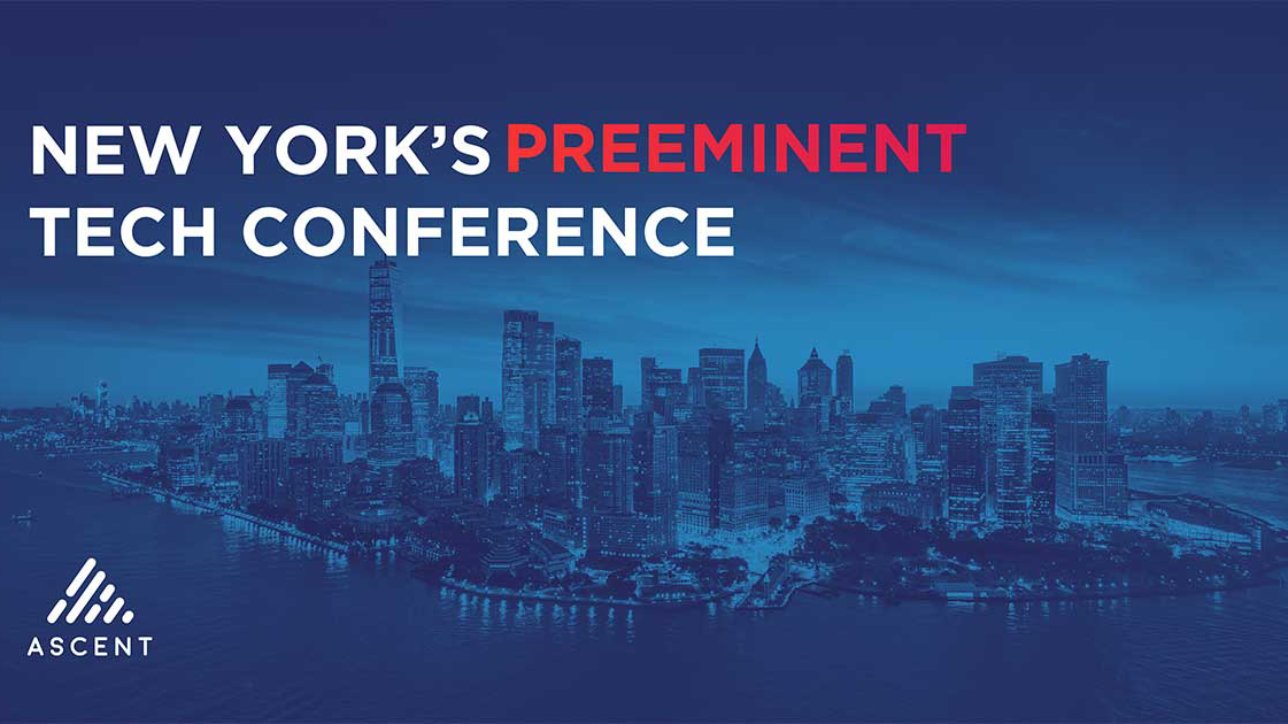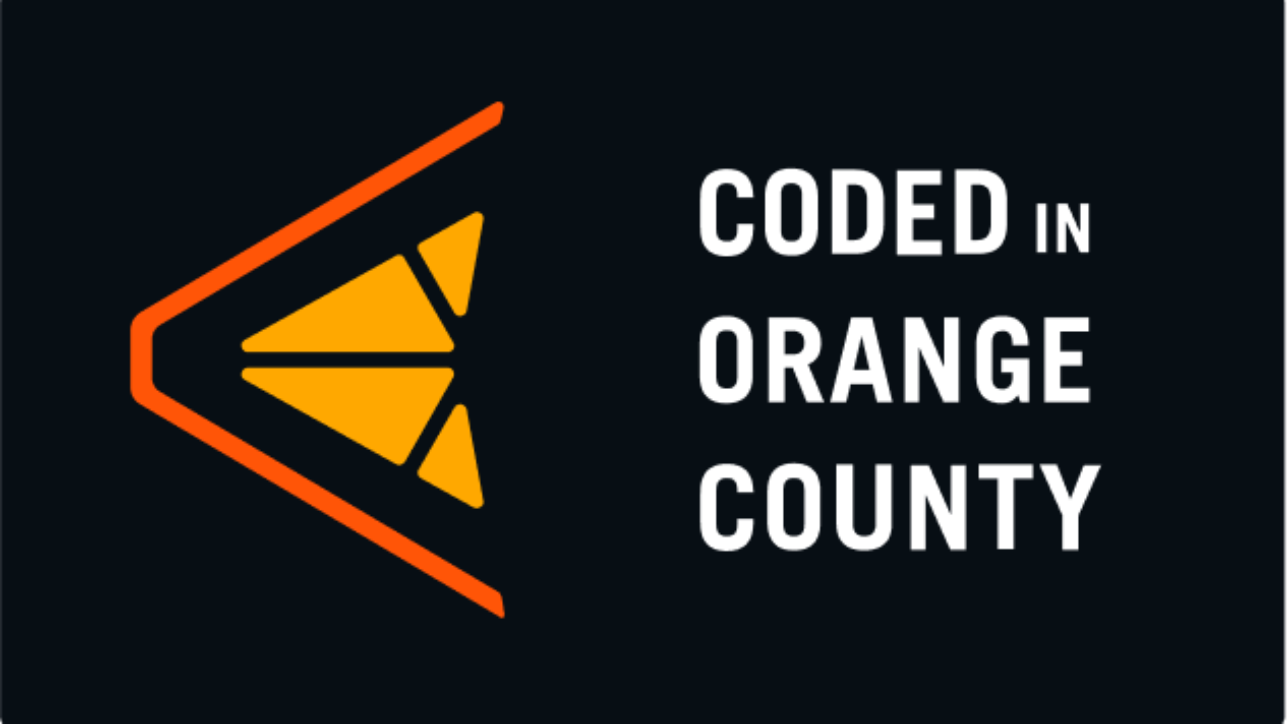Running a successful business takes a lot of heart and hustle, not only for small business owners, but startup founders as well. Once you’ve established your company and developed products and services that fit your target market, working in and on the business tends to come at a furious pace. Balancing the ongoing work and managing the company takes discipline. As growth happens, scaling often goes by the wayside. Here are five questions you need to ask yourself throughout the year to help reduce burnout and promote a healthy work cadence.
Do we know our Core Values?
Core Values are at the heart of every company. They are more than just empty words but rather they are part of your foundation. What does this mean?
When you create Core Values for your company, they serve as the frame that holds your company up to make it stronger. Your Core Values help you make decisions about projects you take on, clients you decide to work with, and how you choose the people on your team. All of these decisions ultimately define your company culture.
An exercise in Core Values development not only helps you get clear about the company you wish to create and cultivate, it generates reminders of why you’re in business and what your value proposition is. In fact, defining your Core Values feeds your branding efforts and marketing messages.
What is our Mission and Vision?
If Core Values are your frame, your Mission and Vision statements together create the actual foundation. They define your purpose, your passion, and articulate how you see your company making an impact in the world.
Mission statements help focus your efforts around a common goal and define why you exist. Knowing what yours is should have a centering effect when things get challenging; a Mission is akin to a compass that points the direction for your internal team to take action. Your Mission should be broad enough to define your niche, indicate who your target customers are, and the outcomes you create.
Vision statements are declarations of what you’re striving for, ultimately what you want your company to be and your aspirations for the future. Your Vision gives meaning and purpose to why you’re in business. Research shows that employees who find their company’s Vision meaningful have engagement levels of 68 percent, which is 19 points above average. Aligning your Vision to your company values and goals will extend your success into the future.
Do we understand our Team Dynamics?
Team Dynamics consist of personalities, the relationships individuals have with each other, and the environment in which the team works. Your team may consist of you and another founder, or many individuals across departments. Either way, Team Dynamics play a big role in company performance and understanding how your team works is very important to your revenue.
You may be familiar with the uptick in remote work environments employed by many companies today, a great way to reduce operating costs while also presenting some unique challenges in terms of communication and collaboration. These challenges can ultimately create unproductive conflict, demotivation and loss of accountability.
However, if communication skills are strong and there are tools and a defined process for collaborating together remotely, overall team performance can skyrocket in a remote environment that fosters less distractions and the potential for a thriving atmosphere.
Whether you operate a remote workforce or are under one roof at company headquarters, understanding your Team Dynamics is important to help nurture what is working and address what needs adjustment for individual fulfillment, team productivity, and company success.
Do we define our Goals and Objectives and track progress?
You’d be surprised to learn how many well-meaning companies do not articulate their Goals and Objectives for the year, let alone know the difference between the two. Once companies have context and understand how this drives revenue, the light bulb goes off.
A goal is a broad outcome. “We want to secure an initial funding round.” An objective, on the other hand, is a measurable step you take to achieve that goal. “We will convert x number of users to x number of customers to demonstrate traction to potential investors.” How we do this is determine by our strategy and our tactics. “We will launch the new feature after validation from our discovery and customer development practices.”
Without Goals and Objectives we are like ships without rudders and anchors; we don’t know where we’re going and we don’t know when we stop.
A great way to begin to define Goals and Objectives is to define a strategy for achieving Goals and tactics for pursuing Objectives.
Do we follow a process to align ourselves with our Company?
Once you’ve done all this great work, the reality is that it needs tending to. Priorities are constantly shifting and realignment needs to happen on occasion. Not only do the outcomes of the exercises shared here need to be revisited, they only work if the day-to-day focus for individual team members ties back to the Company.
Creating a method to re-align can be as simple as a quarterly planning meeting or a one-on-one objectives-focused session with a team member. The point is that having some process to revisit the good work done at the company offsite is critical to keeping momentum in a forward motion.




